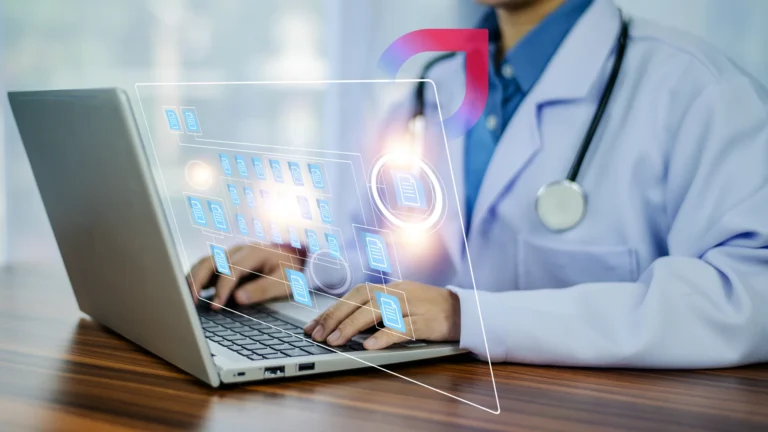Ensuring patient safety is the cornerstone of providing high-quality care in the home health sector, while ensuring that safety is a fundamental nursing role and aspect of home health care. The practices that ensure safety in a clinical environment can just as easily be translated to home care, where meticulous attention to detail and consistent communication are essential for preventing errors and ensuring continuity of care.
Home health care software is changing the way clinicians work in the field. These platforms allow care teams to view and update patient information securely on-site using mobile devices, tablets, or laptops. The outcome of these changes has been better decision-making, quicker response times, and better coordination among care providers. By giving the home health care team secure and streamlined point-of-care access, modern software is doing more to make patient safety a priority during home visits.
Table of Contents
1. Real-Time Access to Patient Records
Clinicians can view up-to-date patient profiles right at the point of care, including medical history, medications, allergies, and care plans, and this enables them to do their work competently and securely. This is not about the “next big thing” in technology; it is about clinicians having access to vital patient information when they need it, in a place they can rely on, right at the point of patient care.
2. Enhanced Medication Management
Errors in medication are a major cause of preventable harm in home health care. Home health care software helps clinicians give the right drugs to the right patients at the right times by integrating medication lists and alerting them to potential problems. Software does not replace the clinician at the point of care but rather extends the clinician’s reach.
When the clinician is at the bedside, software allows the clinician to verify orders, check for drug interactions, and ensure compliance with the physician’s orders.
3. Secure Documentation and Communication
It is essential for patients’ safety that home health care documentation be accurate and timely. Yet for many reasons, including simple human error, the documentation hasn’t always been what it should be. Information must flow in a timely, accurate, and reliable manner for patients and their families to receive the best care possible.
4. Clinical Decision Support Tools
Numerous software platforms for home health exist today, and many of these offer built-in clinical decision support features. These features can take the form of simple checklists, more advanced symptom trackers, or evidence-based guidelines. All of these tools are meant to help team members make a fast and safe decision when with a patient.
5. Improved Emergency Response Capabilities
In critical moments, having immediate access to contacts for emergencies, medical notes from physicians, and essential health information can save lives. Home health software enables service providers to rapidly find that information and to take action on it without having to return to the office or call in a supervisor.
Home Health Care Software Helps Caregivers Keep Patients Safer
Home health care solutions that allow for secure point-of-care access are key to making patient safety a priority. Real-time record access, medication accuracy, and communication are basic functions of these digital platforms. The software implements these features in order to allow the operations that home health care personnel need in order to make patient safety a priority.

